For homepage, click : http://www.kyoto-u.ac.jp/index-e.html
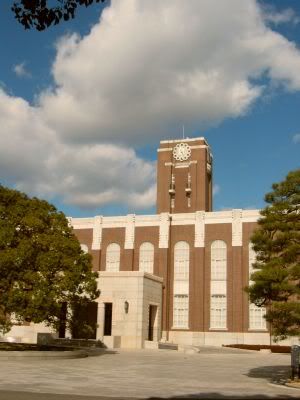
The Yoshida Campus has been at the core of the university's activities since its founding.
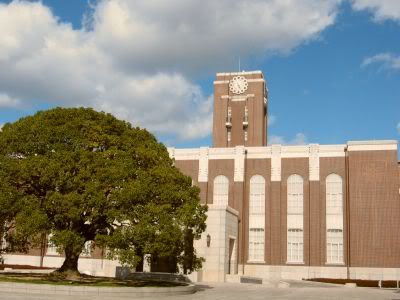
The main campus is home to structures of varying architecture, ranging from brick buildings dating back to the time of the institution's establishment - such as the Clock Tower Centennial Hall.

The Kyoto University Library was established more than 100 years ago in 1899. The library has more than 800000 books and all libraries in Kyoto University contain more than 6 millions books.
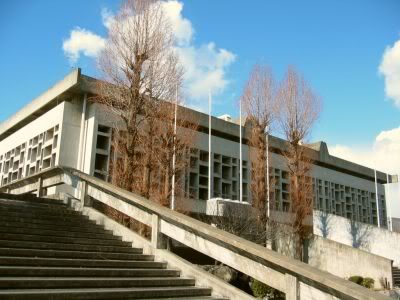
The university gymnasium - in the evenings of summer, many students gather outside the gymnasium practising dance steps and musical instruments. Quite lively.

Renovation work of Clock Tower was completed in December 2003. There are now facilities set up for unique purpose; a Centennial Hall, International Conference Hall and a University Lounge and the University Archives.
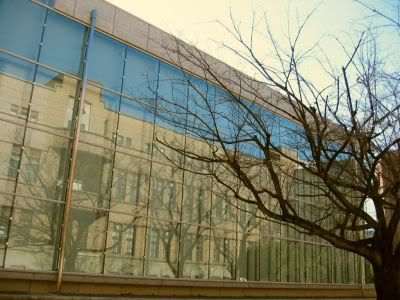
The back of the Clock Tower Centennial Hall and reflection of the Faculty of Law and Economics Main Building.
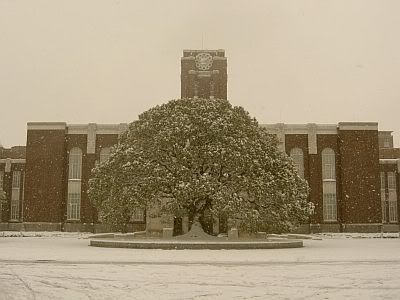
The camphor tree that stands in front of the Clock Tower.
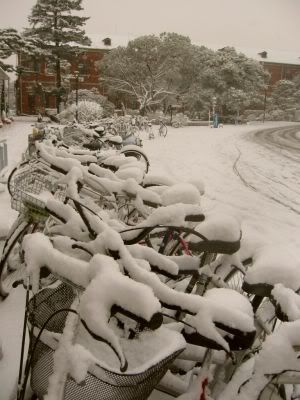
The Center for Student Exchange was established in June 1990. As of May, 2004 the number of students from abroad was approximately 1250. Only 16 were from Malaysia.
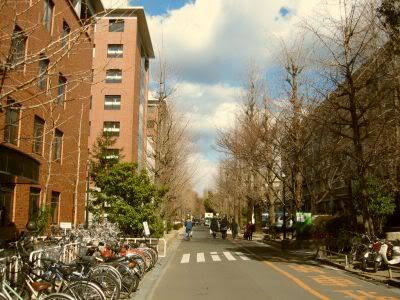
The Yoshida Campus is subdivided into seven sections. Above is the North Campus, and heading to the Faculty of Agriculture.
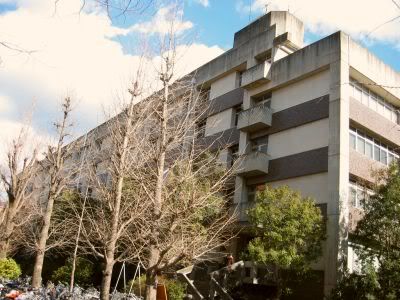
The Faculty of Agriculture was established in November 1923. And meanwhile the Research Institute for Food Science was established in September 1946.
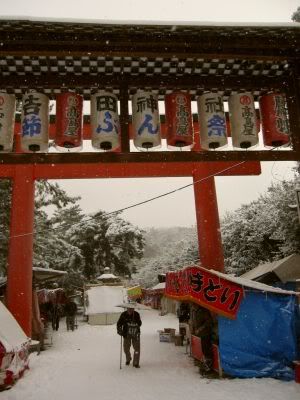
Yoshida Shrine is located at the foot of Mt. Yoshida, just adjacent to the university. Surrounded by a deep forest, the shrine stands quietly amid an undisturbed stillness. An elderly man more than 90 years old who graduated from Kyoto University many years ago once visited the shrine and said, 'The university has changed completely since my day; it was only when I visited Yoshida Shrine that I felt I had finally returned to my alma mater.' And the shrine continues to watch over Kyoto University.
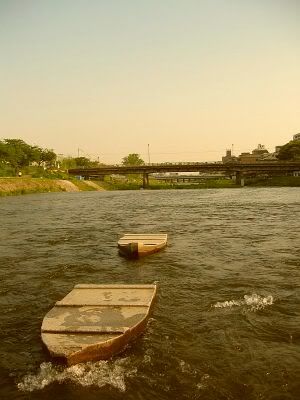
Nearby the university, the Kamo River flows through the city of Kyoto from north to south.
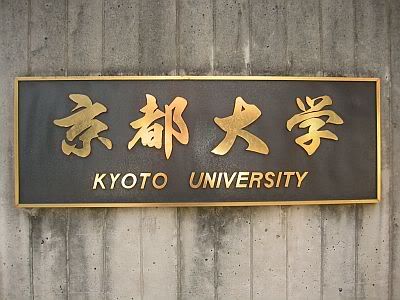
Formerly owned by the Imperial Army, the site of the Uji Campus came into the possession of Kyoto University in 1949.
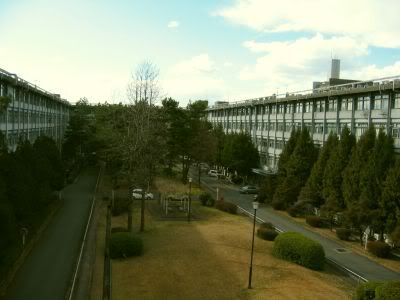
The Uji Campus is now home to a collection of research institutes and centers, including the Graduate School of Agriculture.
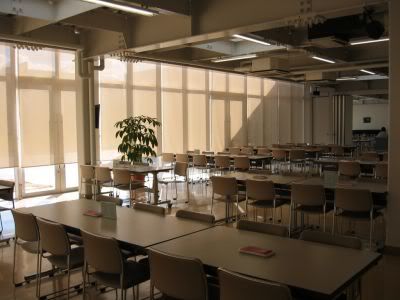
This is the Uji Campus cafeteria. The place we have our lunches and dinners. Miserable (same varieties of food everyday) but convenient.
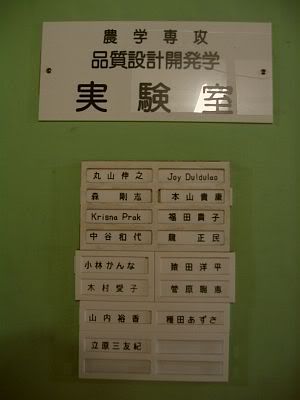
In April 2001, the Research Institute for Food Science was closed to merge with the Graduate School of Agriculture. The former was where I have intended to enrol, but ended up with the agricultural department instead. Can you see my name (in Chinese) ? The names are arranged according to seniority. I am on the top half of the list (Ahem !).
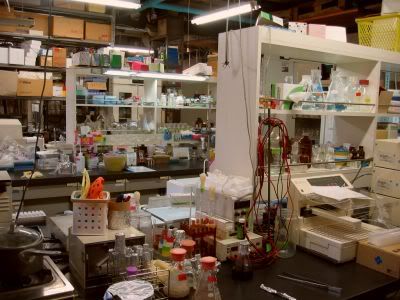
Very small laboratory but very productive team of members. Last year, we have about 30 publications.
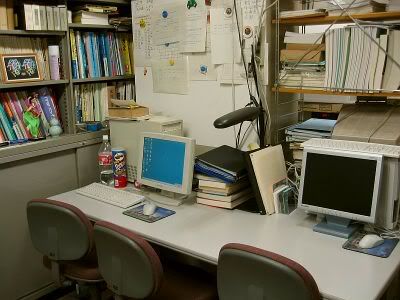
When I was a research student (kenkyusei), due to lack of tables for students in the laboratory, I was allocated a seat in front of my professor in his office. Phew.
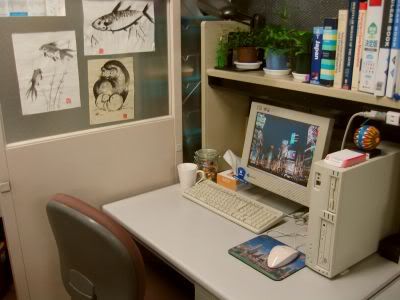
This is where I am currently sitting. The plants were dead though.

This is where I conduct most of my experiments, especially when I am dealing with DNAs. When I work on proteins, then I will conduct experiments elsewhere. There are also other common use laboratories in the building, which house many sophisticated instruments.
Finally, I graduated with a Master degree.
"Sometimes one pays most for the things one gets for nothing." -- Albert Einstein

1 comment:
Phew!! I love the snowing scene you took for the big tree and tokeidai. Oso the bike fully covered with snow. Nice review buddy!
Post a Comment